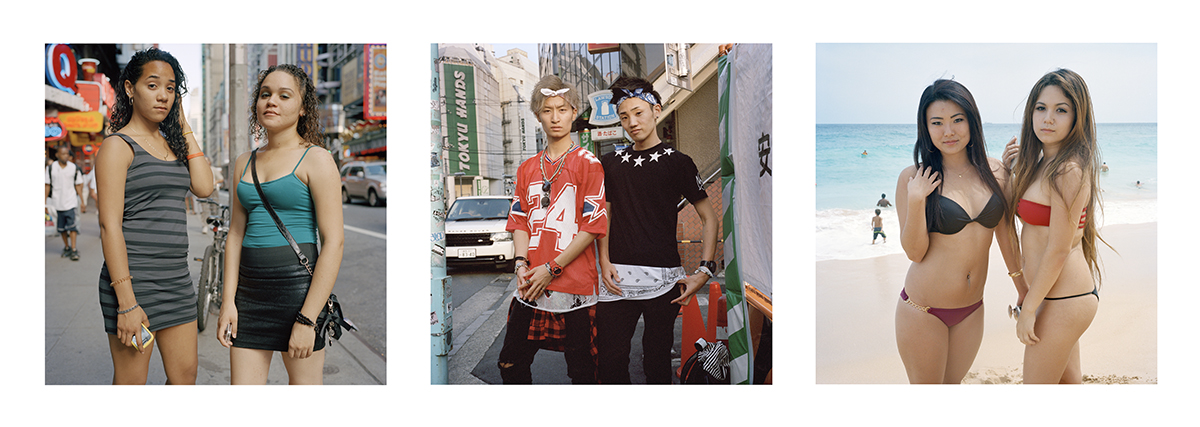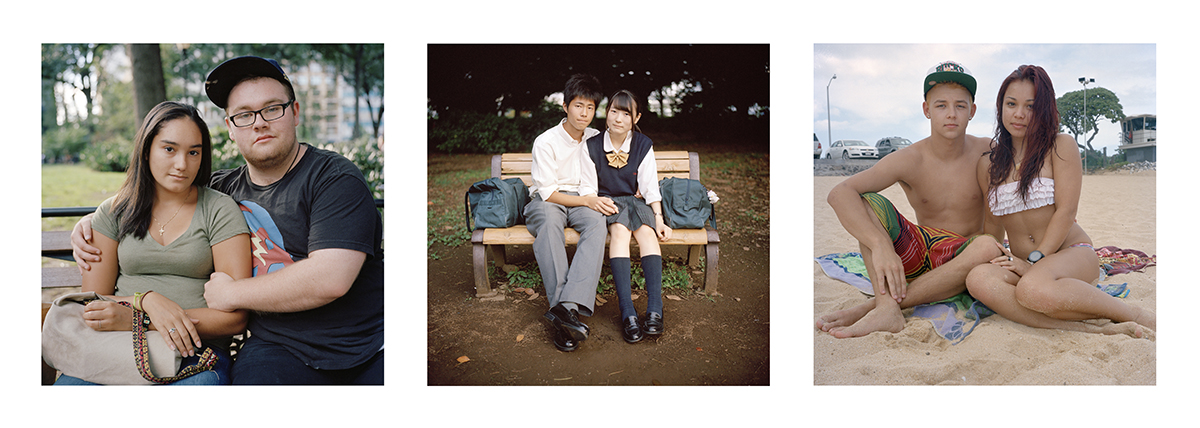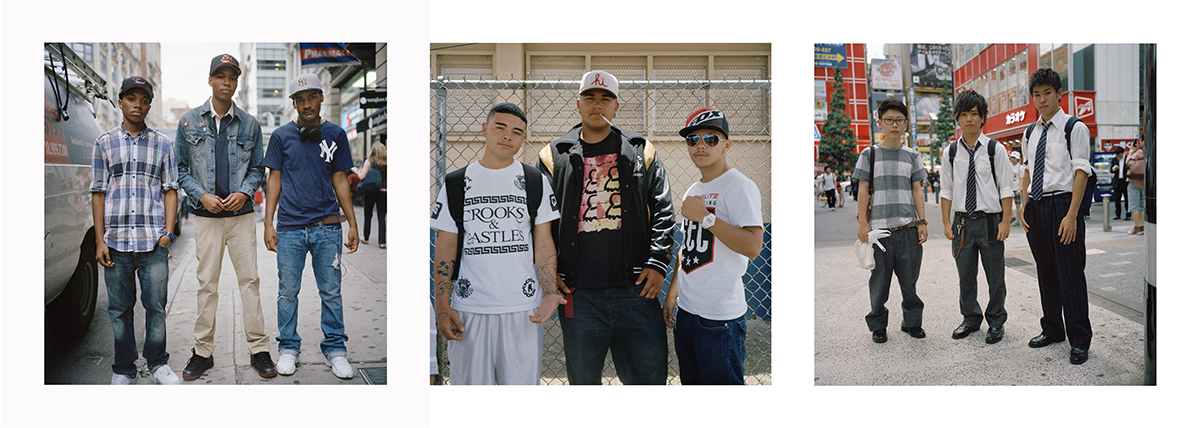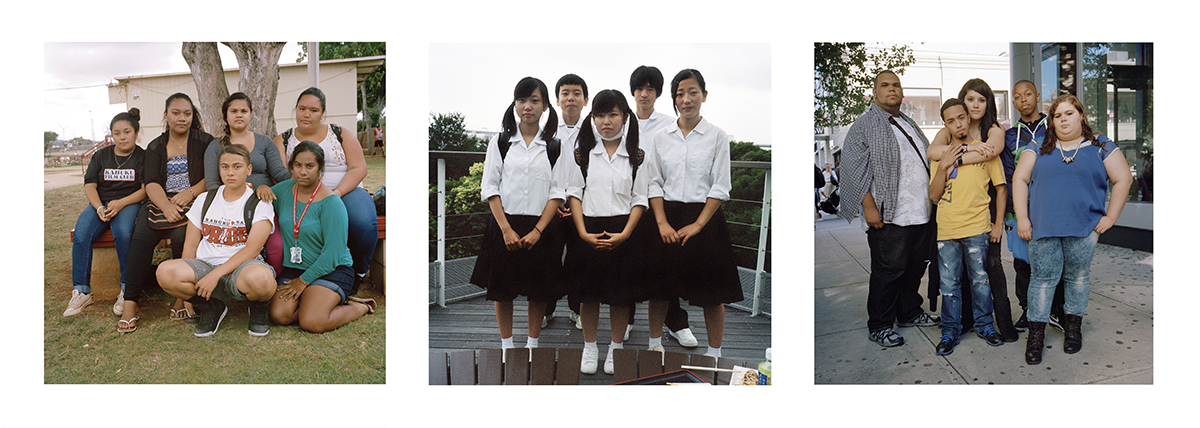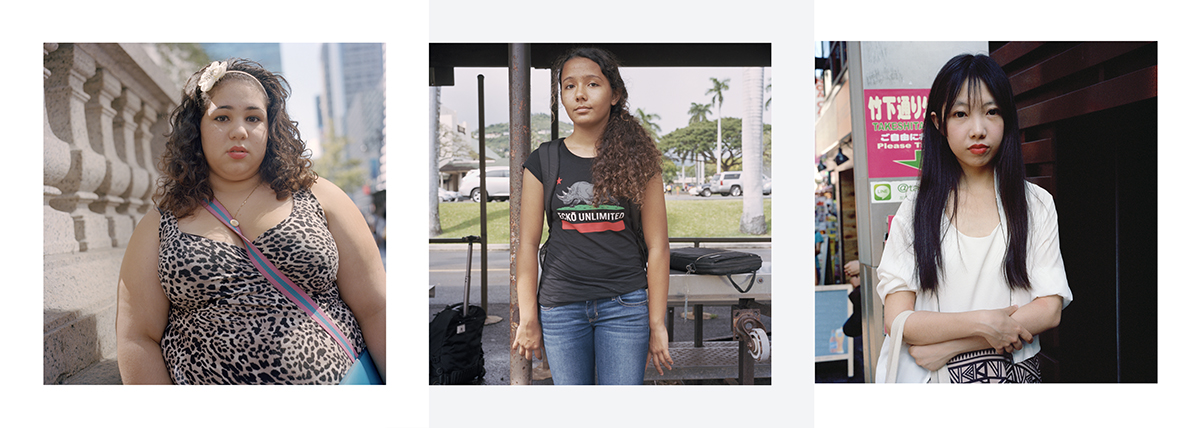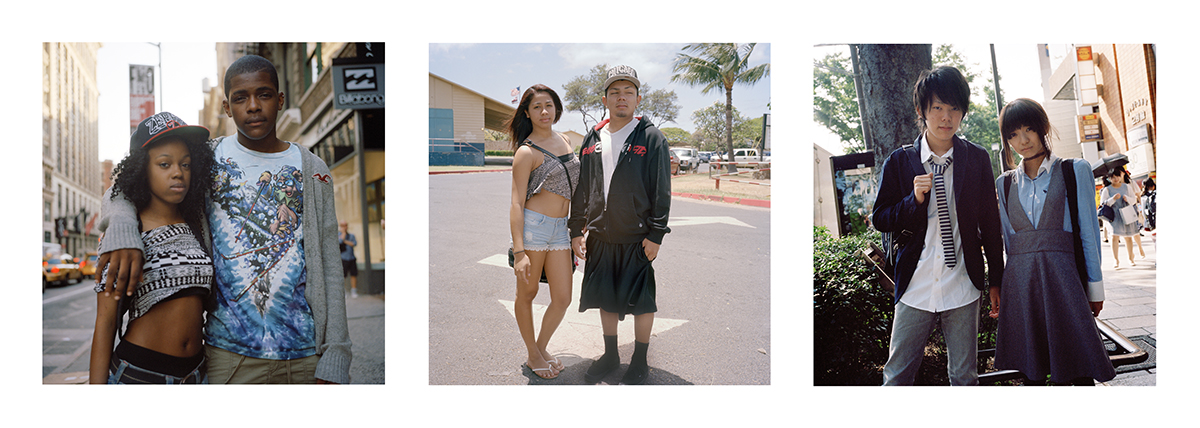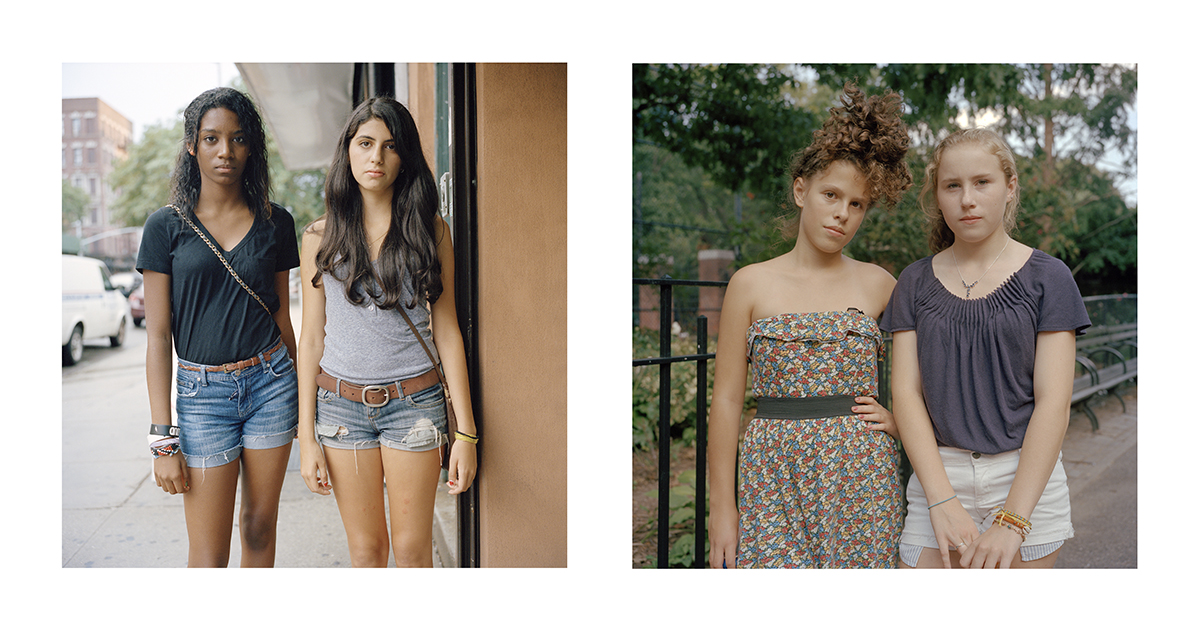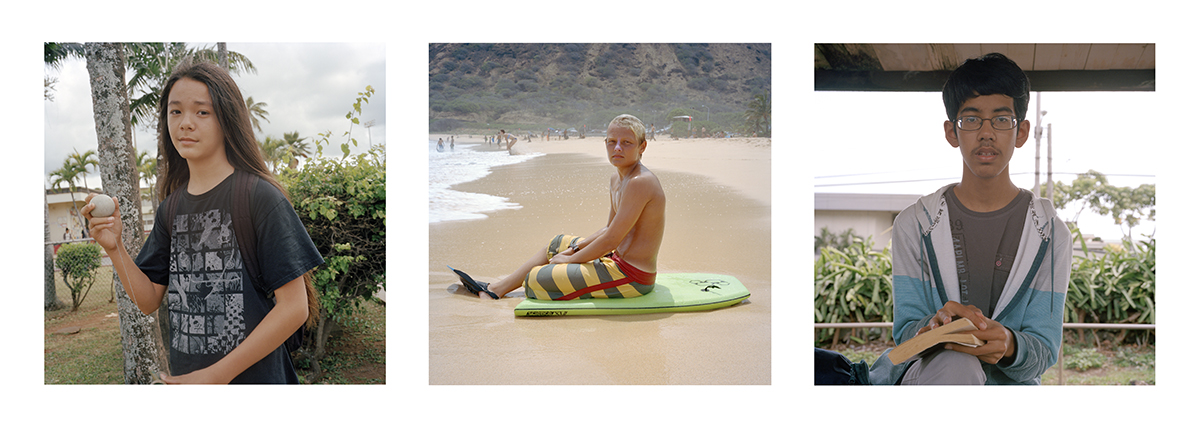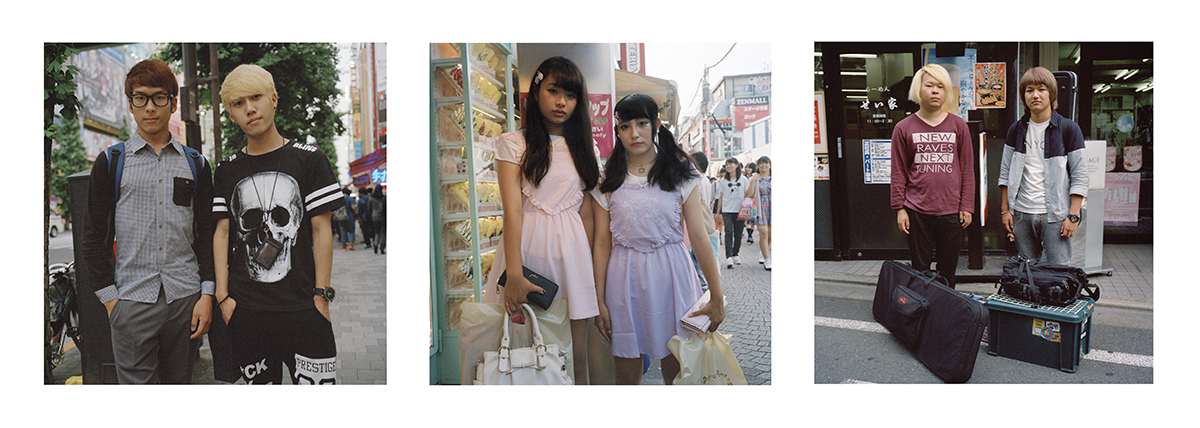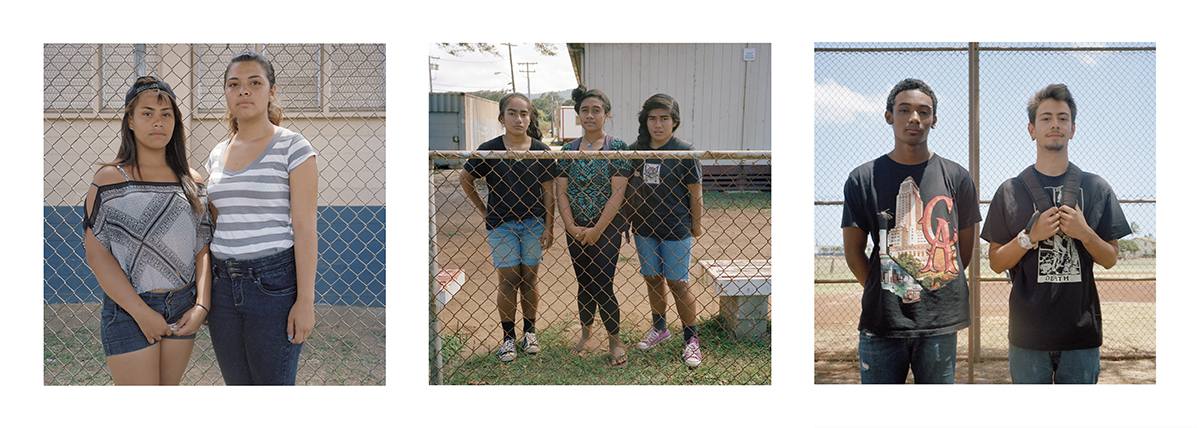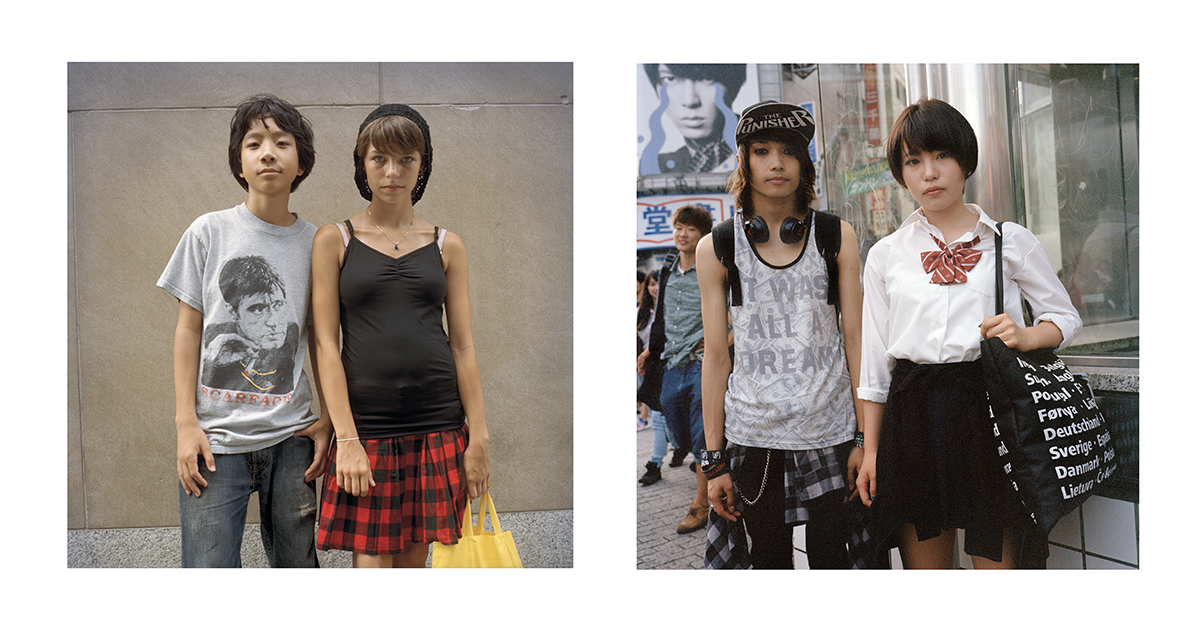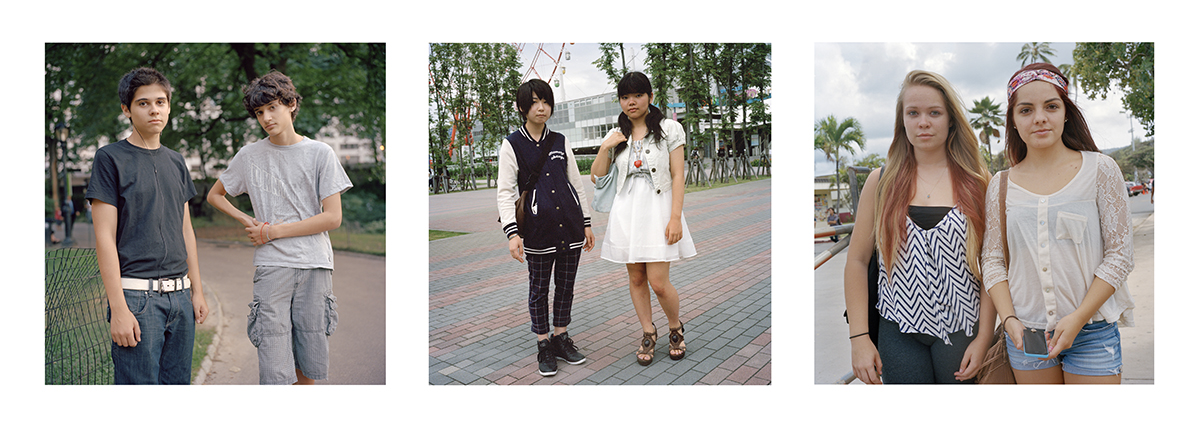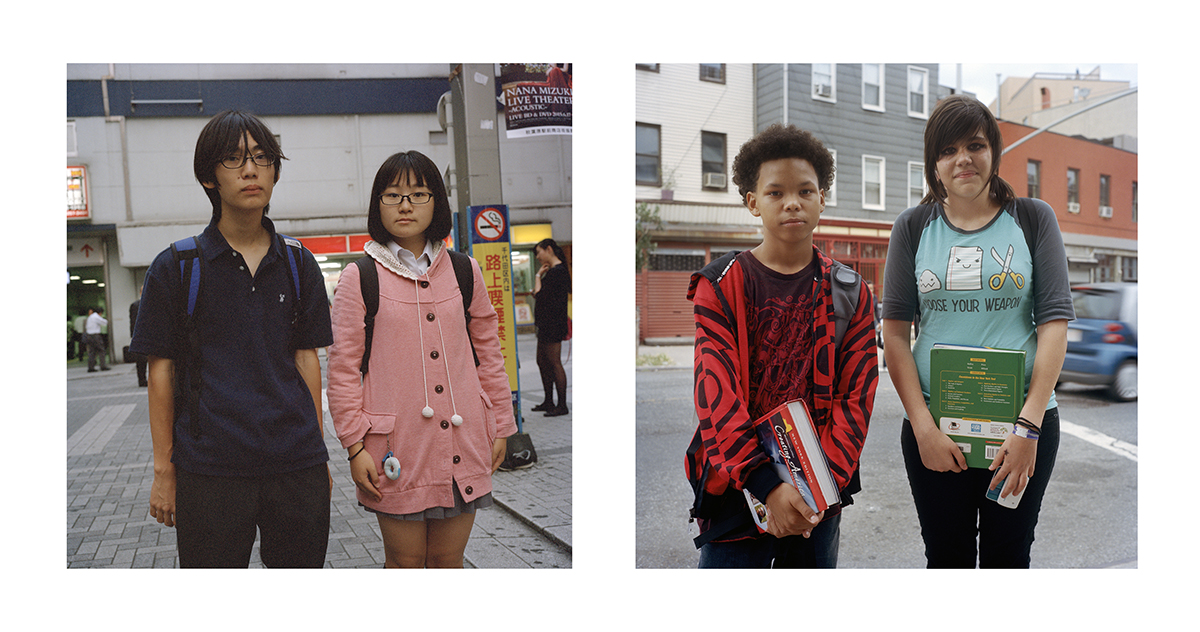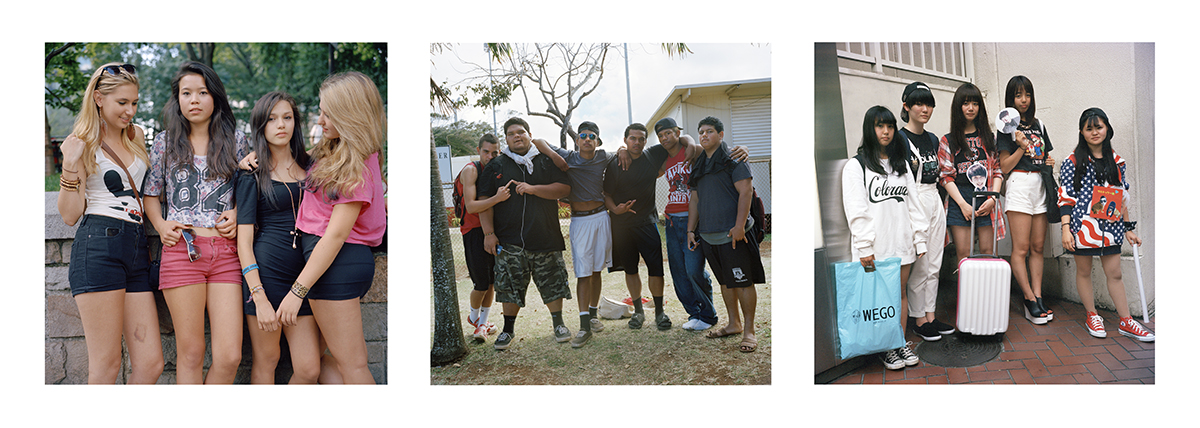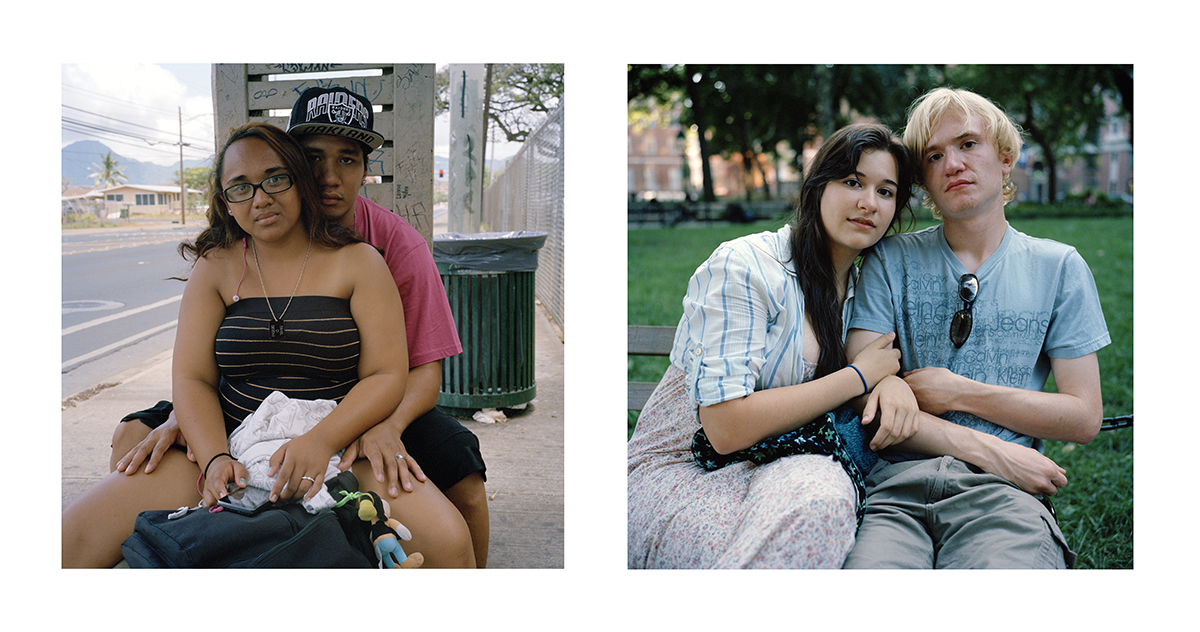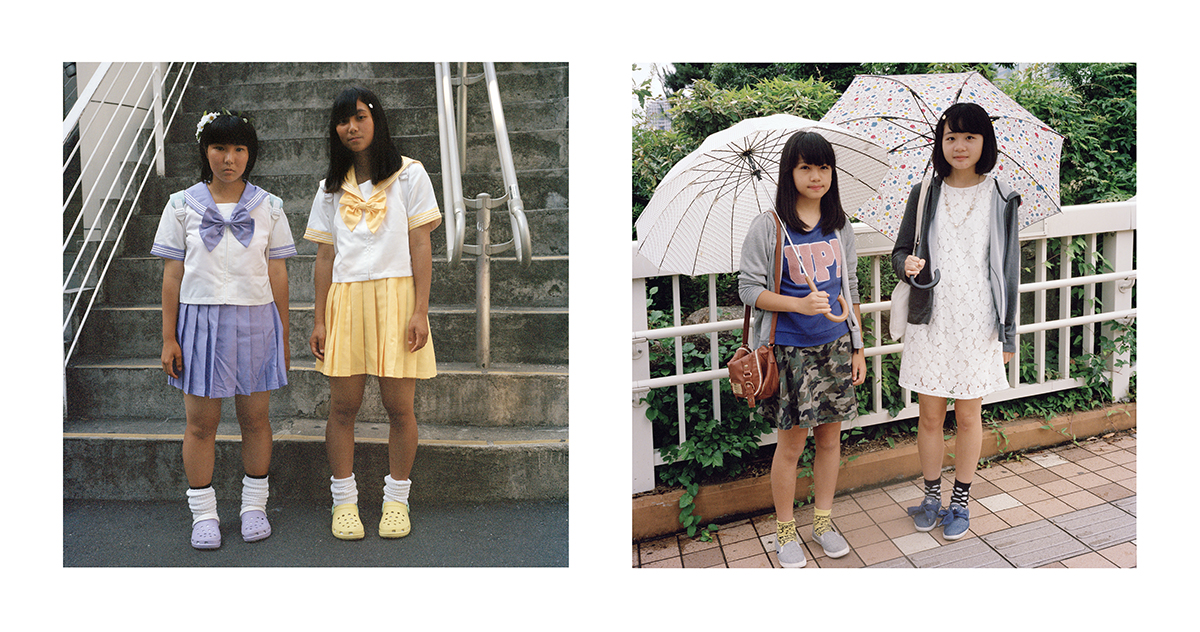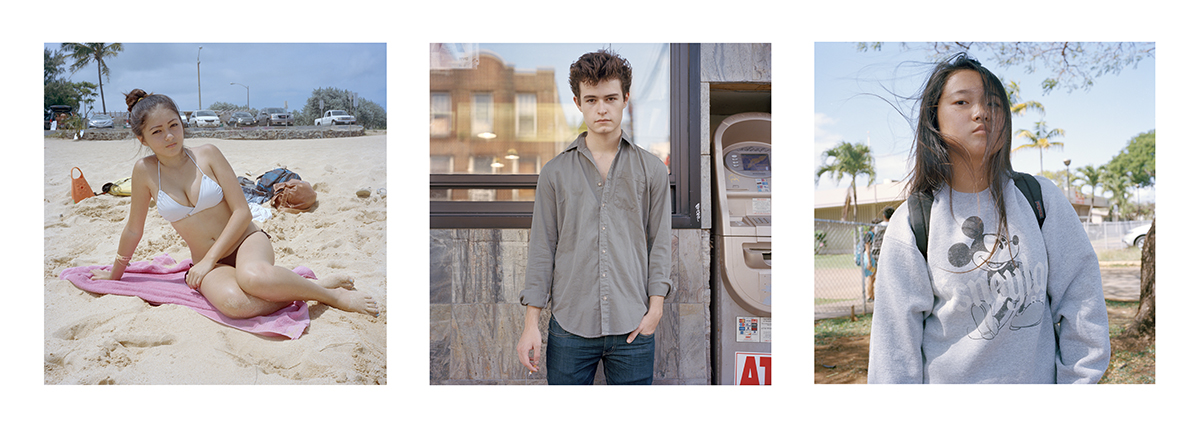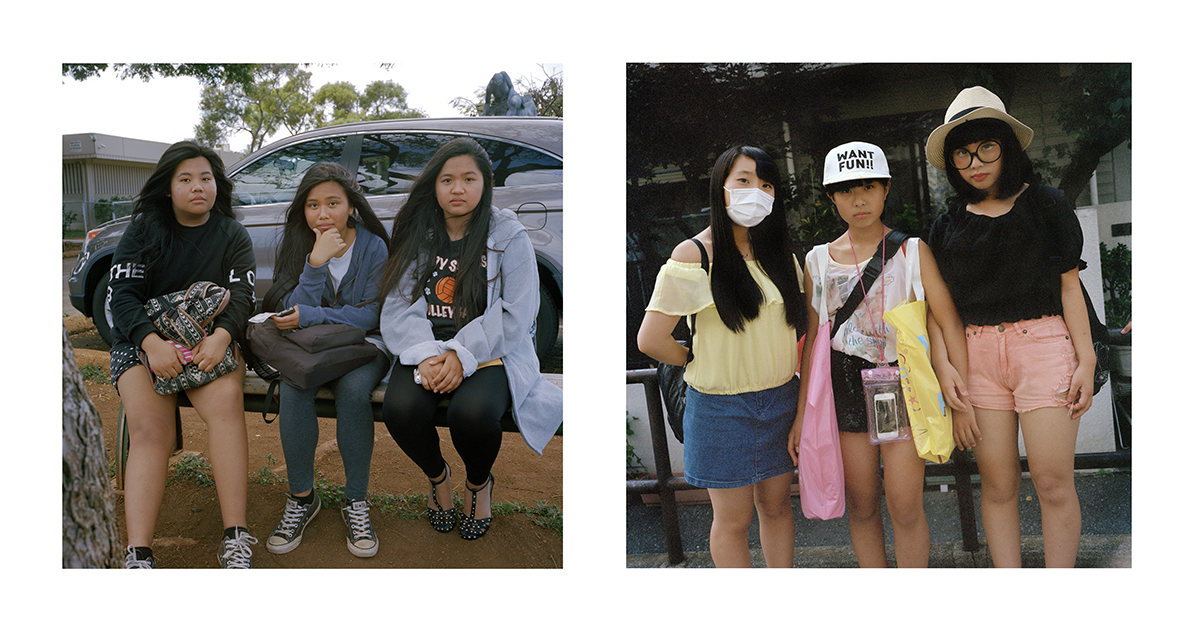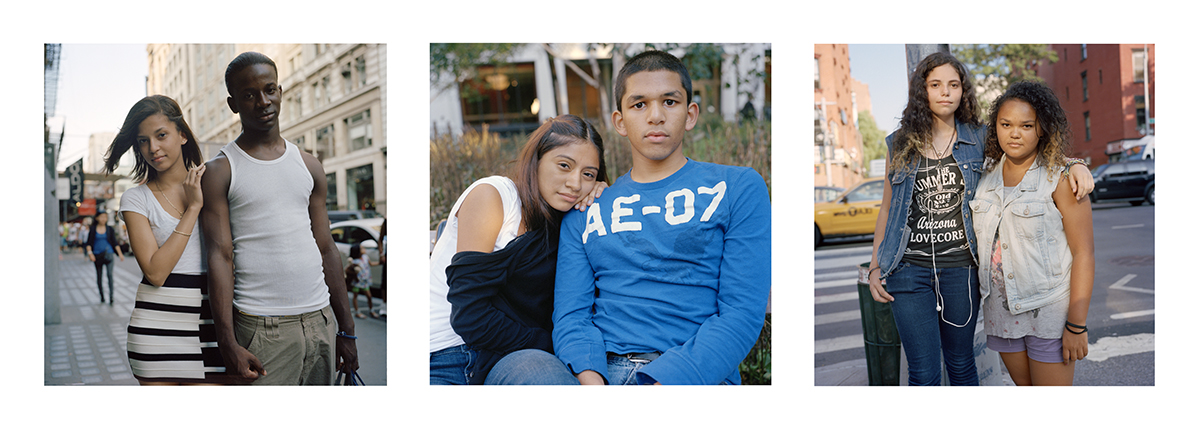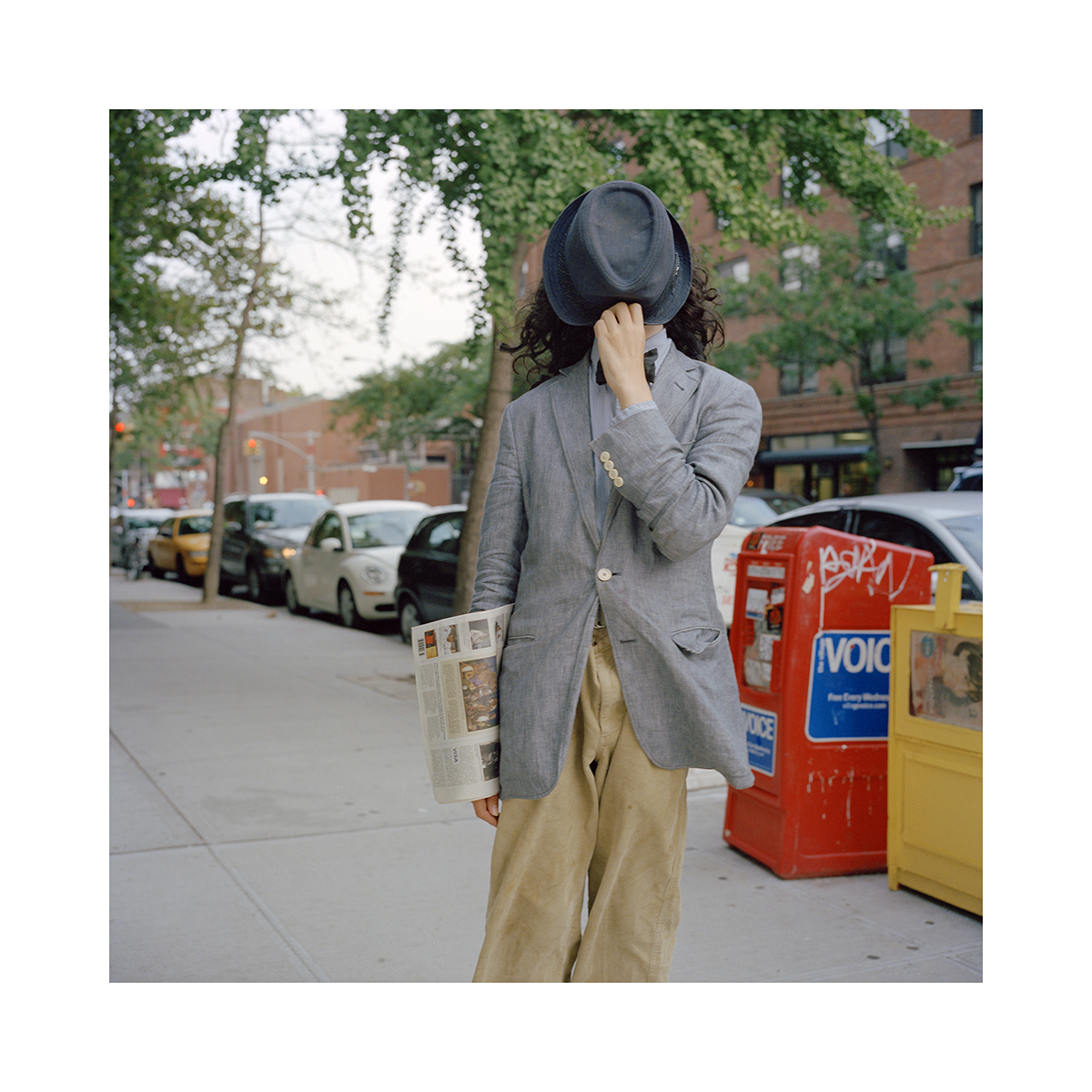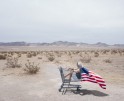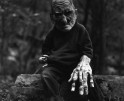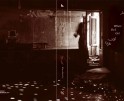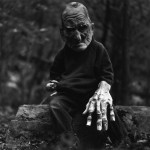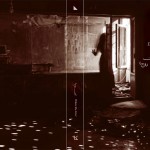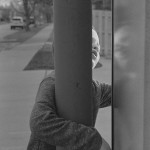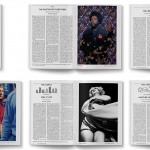Amy Touchette: The Young Series
“Teenagers are raw adults; they are exposed to adult situations, but lack the experience and wisdom that maturity brings, and adult consequences abound. I was transfixed by the extremity of their hybrid nature, but I also simply wanted to capture what is such a distinct and fleeting time in life—the teen years—regardless of where one lives.—Amy Touchette
I think it’s an excellent time to be looking at our youth, looking at a generation that will inherit a troubled and complex world, and looking at a generation that is finding ways to challenge the norms. Photographer Amy Touchette recently opened the exhibition, The Young Series, at the California Polytechnic State University – San Luis Obispo Gallery running until March 16, 2018. This solo exhibition features three bodies of work focusing on teens, living in New York, O’ahu, Hawaii and Tokyo, Japan as a way to to discover what teen culture looks like in three disparate island nations. She writes: “Before travel became so ubiquitous, island populations were more sequestered … their culture would reflect that isolation in that it felt more unified and unique than landlocked settings. Although the world is globalized now, significant remnants of each island culture still exist. I thought that because these three locations had strong and distinct personalities, it would create a more heightened and interesting visual experience.”
Her photographs are put together in different groupings as a way to discover “differences and similarities in the postures, fashion, relationships, behaviors, and attitudes of young people from different cultures, ethnicities, and geographic parts of the world.”
Accompanying the main exhibition will be an Instagram feed of Touchette’s series, Street Dailies, a collection of quintessential New York characters that reveal Touchette’s appreciation for the communities and everyday lives of her subjects. The series will be displayed on a 60” diagonal touch screen HD television in the gallery space.
Trained at the International Center of Photography, Amy Touchette began her artistic career as a writer and painter, earning a BA in Literature and Studio Art and an MA in Literature. Her first monograph, Shoot the Arrow: A Portrait of The World Famous *BOB*, was published and funded by Un-Gyve Press (Boston, 2013). Other publications include The New York Times, The New York Observer, and Esquire magazine, Russia. Her photographs have exhibited nationally and internationally, including MoMA-Moscow, Leica Gallery-Warszawa, Hamburg Triennial of Photography, and in the US embassies in Vienna, Austria, and Ashgabat, Turkmenistan. She has given artist lectures at UCLA Extension, B&H Superstore, School of Visual Arts, the School of the International Center of Photography, among other institutions. Touchette also works as a freelance photography writer for publications that include PDN, Rangefinder, and Emerging Photographer, and writes an ongoing series about street photography for Envato Tuts+. She is represented by ClampArt in New York City.
The Young Series
The Young Series are portraits of teenagers in New York City, O’ahu, Hawaii, and Tokyo, Japan. As a street photographer, my primary objective is to make connections among humanity, to emphasize what we have in common, and this street photography project is no different. The exhibition will be designed to compel viewers to draw connections between teenagers living in these three disparate and distinct island locations.
I got the inspiration for the series after making New York Young, a series of portraits of teenagers in New York City that I made during the summers of 2010 and 2011. I spend a lot of time photographing on the street, and even more time just observing the street, and eventually I became struck by how strongly NYC teenagers emanated a sense of vulnerability and empowerment at the same time. Having grown up in the suburbs myself, it seemed more pronounced in New York City than anywhere, and I thought that extreme duality was fascinating. It implies how connected to the two emotions or states of being are.
After making New York Young, I decided to make the same style of portraits of teenagers in other distinct locations, so in April, 2014, I traveled to O’ahu, Hawaii, and in June, 2015, I traveled to Tokyo, Japan, to photograph teenagers there. In order to make the three sets fairly comparable, I photographed in O’ahu and Tokyo when the weather would feel similar to New York’s summer season.
In each setting, I would walk aimlessly until I found teenagers I wanted to photograph. Then I would introduce myself, ask if I could make their portrait, and, if they complied, I would make two pictures. In the first frame, I would ask them to look into the lens, but otherwise I would let them assemble themselves; in the second frame, I might give them some direction. It was a very short interaction that lasted only a couple of minutes. In Tokyo, I had an assistant with me to help with language translation, but I roamed the other two locations alone.
An interesting part of putting this series together is that so much of its essence was born during the editing process. I didn’t carry around images from previous locations and look for teenagers that reflected those I had already photographed. I just photographed the teenagers I found compelling in some way. Later, after all my photographing was complete, I started drawing connections between them by putting certain portraits next to each other and seeing what kind of story they told.
A successful photograph is one that allows the viewer to be involved in some way, that almost begs him or her to actively engage with the image. It’s my hope that grouping the images gives viewers incentive to take part in these portraits through the experience of making connections, comparing and contrasting settings, cultures, ethnicities, postures, fashion, individuals, relationships, behaviors, attitudes, and so much more, including subtler visual details.
I chose these three locations, New York City, O’ahu, and Tokyo, because each is a unique island setting with its own distinct culture. Before travel became so ubiquitous, island populations were more sequestered than other locations, and their culture would reflect that isolation in that it felt more unified and unique than landlocked settings. Although the world is globalized now, significant remnants of each island culture still exist. I thought that because each of these three locations had strong, distinct personalities, it would create a more heightened and interesting visual experience.
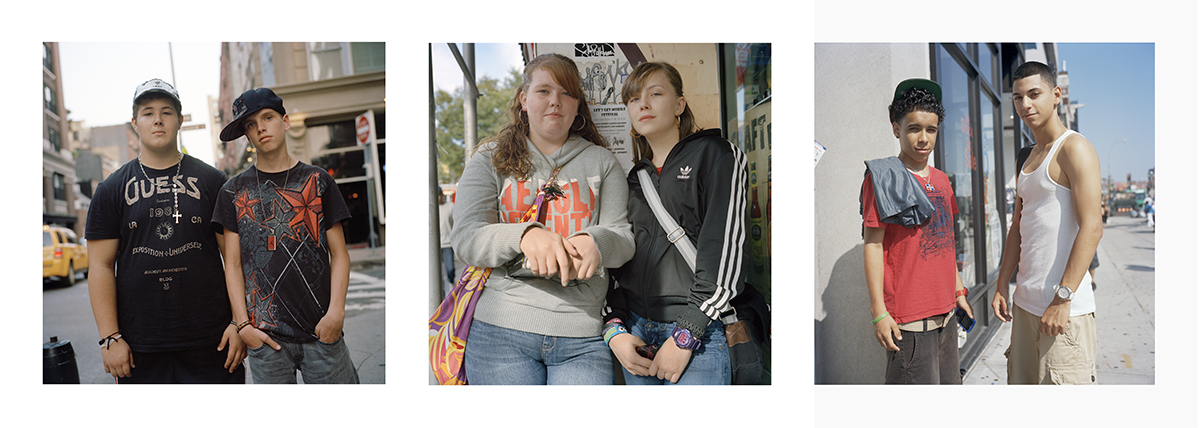
©Amy Touchette, The Young Series: New York Young, No. 25, New York Young, No. 24, New York Young, No. 22
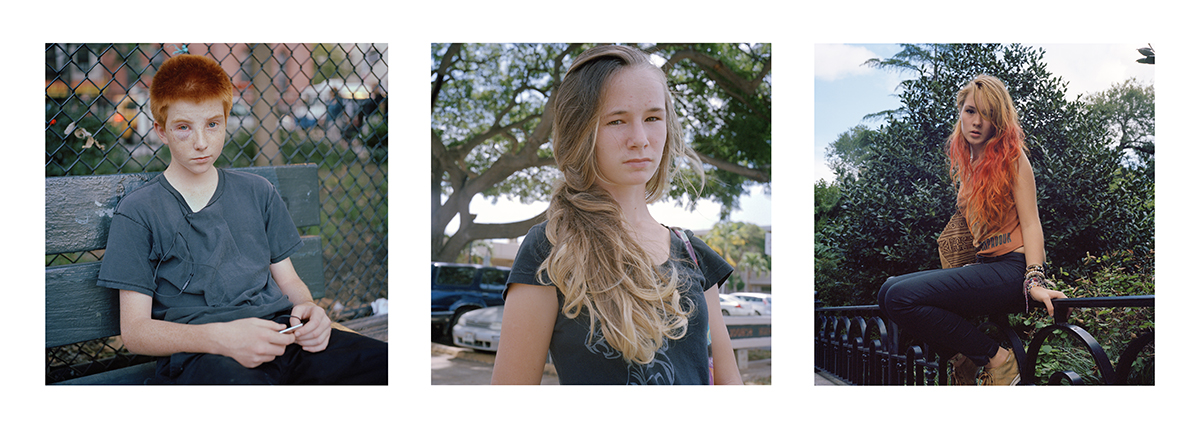
©Amy Touchette, The Young Series: New York Young, No. 11, O’ahu Young, No. 17, New York Young, No. 33
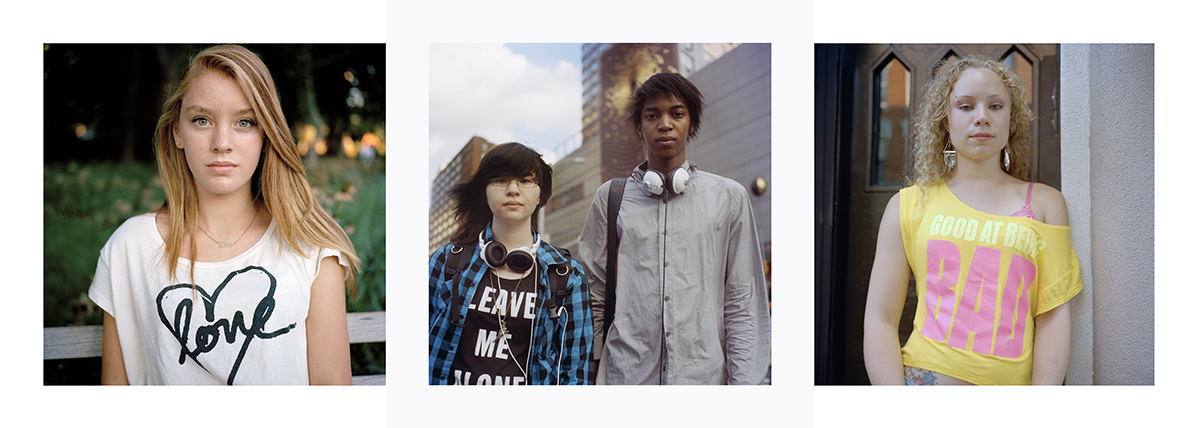
©Amy Touchette, The Young Series: New York Young, No. 41, New York Young, No. 42, New York Young, No. 23
Posts on Lenscratch may not be reproduced without the permission of the Lenscratch staff and the photographer.
Recommended
-
Martin Stranka: All My StrangersDecember 14th, 2025
-
The Family Album of Ralph Eugene Meatyard at the High MuseumDecember 10th, 2025
-
Paccarik Orue: El MuquiDecember 9th, 2025
-
Richard Renaldi: Billions ServedDecember 6th, 2025
-
The Art of Documentary Photography: Rania MatarOctober 25th, 2025

